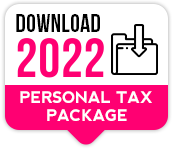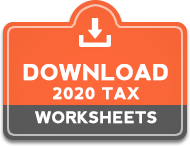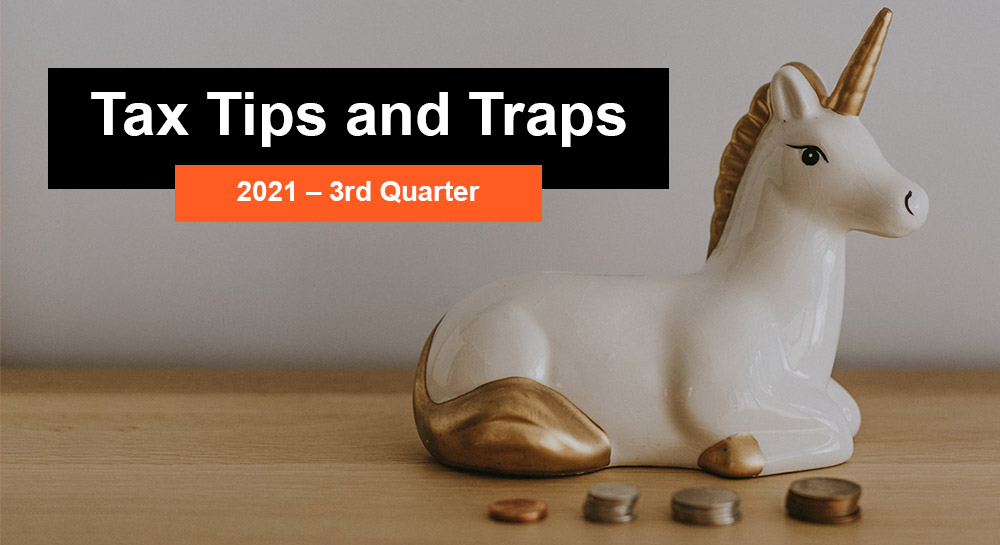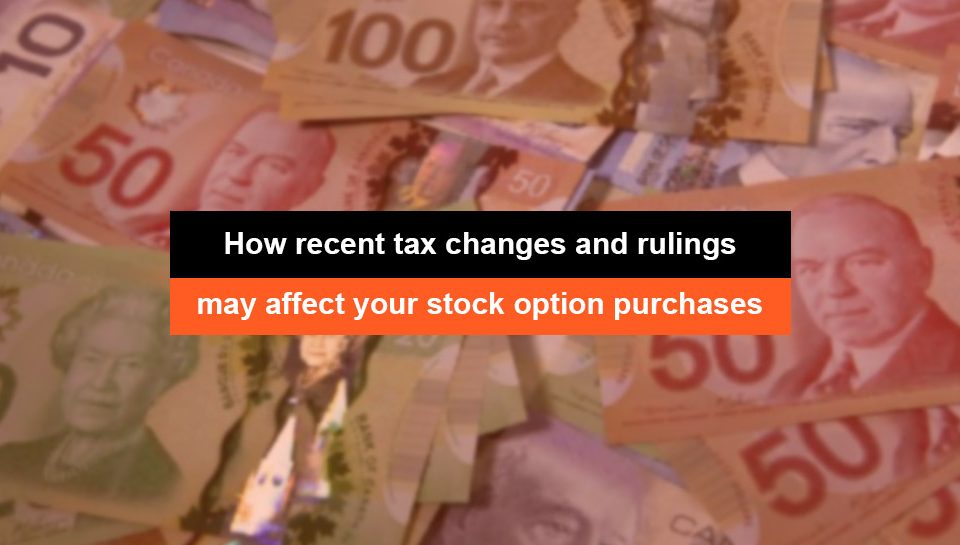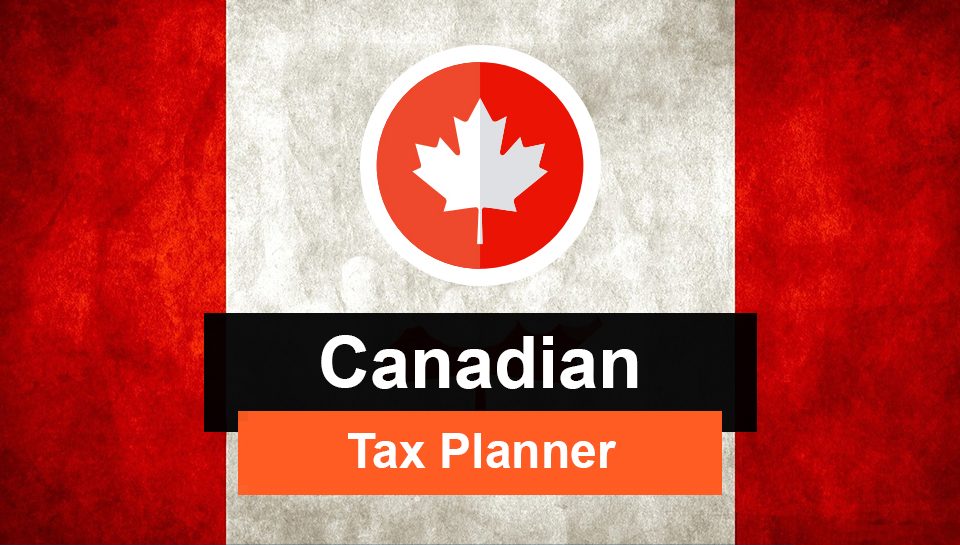
Older seniors to get extra Old Age Security in the coming months
July 21, 2021
How recent tax changes and rulings may affect your stock option purchases
September 24, 2021TAXTICKLERS…somequickpointstoconsider…
- Access to the Canada Emergency Wage Subsidy (CEWS), Canada Emergency Rent Subsidy(CERS) and Canada Recovery Benefits has been extended to October 23, 2021.
- A recent poll of millennials(aged 25 to 40) found that the top reasons for creating an estate plan were: having a child (38%), the pandemic (17%), general life planning (13%), buying a home (6%), death in the family (6%), marriage or divorce (6%), travelling (4%), and chronic illness/medical issue (3%).
- The S. has recently stated that it intends to spend $80 billion over ten years to address “sophisticated tax planning.”
- As of July 1, 2021, GST/HST applies to all platform-based short-term accommodations in Canada (suchas those on Airbnb and VRBO).
CANADA EMERGENCY RENT SUBSIDY (CERS): More Clarification
CERS provides support to businesses by covering a portion of rent and property ownership costsof qualifying property. The government has recently extended access to this program until October 23, 2021.
The CERS program has the following two components:
- the base CERSwhich subsidizes eligible expenses based on the applicant’s revenue decline compared to pre-pandemic earnings; and,
- the lockdown support component, which provides an additional subsidy for eligible applicants subject to a lockdown under a public health order (due to COVID-19) that must shut their doors or significantly restrict their activities (25% of the revenue derived from the property from the prior period must have been earned from “restricted activities”).
CRA has recently provided several comments on these subsidies.
Eligible property
Property with a personal living space
A self-contained domestic establishment (“SCDE,” typically a living unit with restricted access that contains a kitchen, bathroom and sleeping facilities) used by the applicant (or by a person not dealing at arm’s length with the applicant) is not a qualifying property and therefore not eligible for CERS.
However, in a May 17, 2021 Technical Interpretation, CRA opined that property could stillbe eligible for CERS even if a portion of it were an SCDE. CRA provided the example where an individual owned a single-story building, with a store in the front of the building and a separated apartment in the back. The separated apartment had its own entrance, bathroom, kitchen, bedroom, and living room. The portion of the building used for the store could be a qualifying property, and therefore eligible for CERS.
Hotel, motel, or bed and breakfast
Propertyprimarily used to earn rental income from arm’s length persons is not eligible for CERS.
In a July 16, 2021 Technical Interpretation, CRA considered whether a hotel, motel, or bed and breakfast was earning rental income for this purpose. While it is a question of fact, CRA opined that a hotel, motel, or bed and breakfast that provides significant additional services that are integral to the success of its ordinary activities, in addition to basic services that are customarily supplied with real estate rentals, would be considered to beearning income from those services, and not earning rental income. Therefore, these venues may be eligible for CERS.
CRA applied the same test they historically use to assess whether such businesses generate active business income eligible for the small business deduction.
Lockdown support – changes to a business model
In two June 7, 2021 Technical Interpretations, CRA provided clarification on what constituted restricted activities, allowing, in some cases, more entities to access the additional lockdown support component of CERS. CRA provided examples of specific businesses, with an overall theme that, even if a business could continue, changes in how the businessisconducted could allow access to lockdown support. These comments focus on instances where in-person visits are replaced with remote or other types of less traditional visits.
Travel agencies
CRA opined that, where in-person visits were previously used to book travel arrangements and a public health order prevented the in-person visits, these activities would be considered restricted. Working from home and making bookings over the phone may be considered a different activity than the restricted in-person visits. Where all activities were performed in person at the travel agency previously, CRA opined that the 25% test to access the additional lockdown support may be met.
Stores in a mall
Some stores located in malls were required to close for in-person shopping but could deliver goods via curbside pick-up or delivery to a designated area of the mall.
CRA noted that the activity of in-person shopping would have been restricted in respect of the stores. As such, even though the goods could be collected outside the store, in-person shopping could still be considered a restricted activity.
Food court restaurants
Where sit-down dining was no longer available because a food court was closed due to a public health order, CRA opined that the activity could also be considered a restricted activity. Providing take-out food would not preclude the restaurant from having a restricted activity.
ACTION ITEM: Business traditionally conducted in person may have required changes (e.g. services provided virtually; curbside pick-up; delivery) during a lockdown. These changes may permit access to the lockdown subsidy, even though business continued in some form.
CRA COLLECTIONS: Potential Impact on Business
As some businesses struggle with cash flow, they may bemotivated to prioritize suppliers and other creditors ahead of CRA. A recent court case demonstrates CRA’s power to collect tax arrears and the impact of CRA exercising this power on a business.
In a June 11, 2021 Court of Queen’s Bench of Albertacase, the taxpayer had fallen into arrears in respect of both GST/HST and payroll remittances. Payment arrangements were entered into with CRA to assist in meeting the obligations. However, after failing to meet the agreed-upon terms, requirements to pay (RTPs) were issued to several of the taxpayer’s clients.
RTPs are legal documents that requirerecipients (the taxpayer’s clients in this case) to submit paymentto CRA rather than the taxpayer. The RTP gives priority to CRA over most other creditors.
After the taxpayer had renegotiated a new payment plan, all RTPs were cancelledexcept forthe one to its largest client. After struggling to meet the new payment plan and facing a new withholding liability, CRA once again issued RTPs. Shortly after, the taxpayer lost its largest client (the one that the sole RTP had been issued to previously).
The taxpayer advised CRA that it was considering receivership, which led to the seizure of assets and issuance of more RTPs. One client sent a letter to the taxpayer that noted that CRA had visited them personally to serve the RTP and implied that the taxpayer could be out of business or shut down. Further, the client noted that they were asked by CRA whether they could get their parts from alternate suppliers, and the client indicated that they were now considering doing so.
Taxpayer loses
The court found that CRA and its agents did not owe a duty of care to the taxpayer, that there was no negligence, and that the government’s actions did not unlawfully interfere with the economic relations of the taxpayer.
ACTION ITEM: CRA can collect your tax liability by requiring your clients to pay them rather than you. To limit the business and operational issues arising from an RTP, steps should be taken proactively to communicate with CRA collections.
TRAVEL ALLOWANCES: Limited Distance Covered
In a March 5, 2021 French Technical Interpretation, CRA commented on whether a travel allowance paid to employees on a per kilometre basis, but only up to a limited number of kilometres, could be a non-taxable allowance.
For the allowance to be non-taxable, it must be a reasonable allowance for the use of a motor vehicle when travelling in the performance of employment duties. Further, measurement of the use of the vehicle must be based solely on kilometres, or the allowance will be deemed unreasonable and therefore taxable.
First, CRA opined that placing a cap on the number of kilometres covered would not mean that the measurement was not based solely on kilometres. As such, it would not automatically be unreasonable.
However, the allowance could still be unreasonable since it may not be high enough in relation to the total motor vehicle expenses that the employee is expected to incur in the performance of their employment duties. If considered unreasonable, the allowance would be taxable.
ACTION ITEM: Structure compensation for the employment use of an employee’s vehicle carefully to ensure that any allowance received will not be taxable to the employee. A taxable assessment after the fact can create significant employee/employer issues.
COVID-19 MEDICAL EXPENSES: Tax Treatment
Medical expenses eligible for a personaltax credit are limited to those specificallyprovided for by the Income Tax Act. While an expense may clearly relate to an individual’s health, it may still not be an eligible medical expense. CRA recently provided comments on a number of medical expenses related to COVID-19.
Face masks
In a February 25, 2021 Technical Interpretation, CRA opined that the costs of a non-medical mask, that is mostly used to protect others from the wearer, would not likely qualify as a medical expense. However, in the specific situation where a medical practitioner prescribes a medical face mask or respirator for a patient to cope with or overcome a severe chronic respiratory or immune condition,the mask or respirator would likely be an eligible medical expense.
COVID-19 vaccines and tests
In an April 22, 2021 Technical Interpretation, CRA opined that a COVID-19 vaccination received outside of Canadaand a COVID-19 test (for example, those required for travel) must be prescribed by a medical practitioner to potentially be eligible as a medical expense. CRA also reiterated that they do not have the discretion to waive the prescription requirement.
Leasing costs of temporary accommodations
In a January 19, 2021 Technical Interpretation,CRA stated that the leasing cost of a second condominium to protect a family member’s health during the COVID-19 pandemicdoes not qualify as an eligible medical expense.
ACTION ITEM: Although expenses may relate to an individual’s health, they should still be reviewed to determine eligibility for the medical expense tax credit. Collect medical-related expenditures throughout the year such that at personal tax time, we can review whether an expense is eligible or not.
CANADA EMERGENCY RESPONSE BENEFIT (CERB): Repayments
Self-employed individuals whose net self-employment income was less than $5,000 will not be required to repayCERB, as long as their gross self-employment income was at least $5,000 (in 2019 or the previous 12 months preceding the application) and they met all other eligibility criteria.
On May 12, 2021, a remission order that would allow this relief was released. For the debt to be remitted, individuals will need to file their 2019 and 2020 tax returnsbefore December 31, 2022. The explanatory notes also indicated that CRA estimates approximately 30,000 individuals will benefit from this remission order.
Individuals who have already repaidCERB due to their net income being less than $5,000 (but meeting all other eligibility criteria) will need to apply by completing Form T180 to getreimbursed for their repayment. Eligible applicants can expect reimbursements within about 90 days of submitting their applications. It is estimated that approximately 6,500 individuals could receive this type of reimbursement. CRA has also noted that, if a taxpayer is reimbursed for their CERB payment repaid in 2020, CRA may reassess their 2020 tax return.
ACTION ITEM: If you repaid CERB for the above reasons, make sure to apply to have the amount reimbursed.
TFSA: Excess Contributions
Individuals who contribute excess amounts into their TFSA are subject to a penalty tax of 1%/month on the excess amount for each month that the TFSA is overcontributed. However, CRA has the discretion to waive this penalty tax if the excess amount resulted from reasonable error and the excess contribution, plus any income or capital gains reasonably attributable to them, is withdrawn without delay.
CRA recently considered whetherrelief on this penalty tax could be provided where the value of the TFSA had reduced to nil. They opined that, as the excess contribution could not be withdrawn without delay, they would not have the discretion to waive the penalty tax. As such, the penalty tax would continue to apply until the individual accumulated enough additional TFSA room to cover the excess contribution.
ACTION ITEM: Under the facts above, CRA does not believe they have the discretion to waive the penalty tax on an excess TFSA contribution. Even where they have that discretion, they often refuse to waive the tax. Care should be afforded to ensure not to make excess TFSA contributions, and if an error is made, it should be corrected as soon as possible.
WILL AND BENEFICIARY DESIGNATIONS: Are they current?
RRSPdesignations
A May 10, 2021 CBC article demonstrated the importance of reviewing RRSP beneficiary designations. The article discussed the unfortunate cascade of events where, in 2018, a 50-year-old individual went to the hospital for stomach pain and was diagnosed with cancer. He passed away three weeks later, leaving a spouse and a child. It appeared as if the deceased had not reviewed the designated beneficiary on his $685,000 RRSP, which remained his mother from the time when he had originally set it up while single. Not only did this mean that the surviving spouse and child would not receive these savings, but also that they were effectively liable for the tax on the RRSP funds. Although the will included a clause making the spouse the 100% beneficiary of the estate, this did not override the RRSP beneficiary designation.
While the spouse and mother were able to settle and cover the tax bill with the proceeds of a life insurance policy, the case serves as a good reminder to review whether insurance and registered account beneficiary designations match the current intent of the parties.
Wills
In a March 16, 2021 Ontario Court of Appeal case, a dispute arose over the interpretation of a will regarding how proceeds from the sale of a cottage were to be distributed. As the deceased’s daughters held a life interest in the cottage, the cottage was not sold until more than 40 years after the original owner’s death. The proceeds from the sale of the cottage were to go to the grandchildren. However, within the 40-year period, one of the grandchildren passed away. At issue was whether the proceeds should be split among the four surviving grandchildren, or in five parts, with the deceased grandchild’s estate and beneficiaries receiving a fifth.
The court used the “armchair rule,” which seeks to interpret the will using the same knowledge that the testator had when making the will, and determined that it should be divided into four.
ACTION ITEM: Ensure to review wills and beneficiary designations when major life events or changes in the family occur. Death or critical illness/injury can arrive unexpectedly, limiting the possibility of estate planning updates that can compound the emotional strife of loved ones after an individual’s passing.
CRA OR SCAMMER: Who is it?
Most, if not all of us, have received a call from someone claiming to be from CRA. They may threaten arrest or other such actions if a tax bill is not immediately paid via iTunes or Bitcoin, for example. While some of these calls have become easier to identify as fraudulent, scamming techniques and systems constantly evolve.
On May 26, 2021, CRA released aTax Tipwhich discussedwhya taxpayer might be contacted by CRA, when to besuspicious, and how toreport potential scams.
Some signs indicating that the caller may be a scammer include:
- they do not provide proof of CRA employment (such as a name and an office location);
- they pressure you to act immediately;
- they ask you to pay with gift cards, cryptocurrency or some other unusual manner;
- they ask for information not normally included on your tax return or not related to amounts owed CRA, such as a credit card number; and
- they recommend you apply for benefits and ask for related information.
To verify a caller is a CRA employee, CRA recommends that an individual:
- tellthe caller that they first want to verify their identity;
- askfor, and note the caller’s name, phone number, and office location;
- callthe CRA phone number from the official CRA website to confirm that the call was legitimate; and
- callthe CRA employee back.
To report a scam, go to antifraudcentre.ca or call 1-888-495-8501.
ACTION ITEM: Follow these instructions if you suspect a call is from a fraudster or scammer.Give us a call if you are uncertain how to respond to a call from CRA, whether or not it sounds legitimate.
